In Japan, a new generation of 2009 Toyota Corolla, the tenth generation, was officially unveiled on October 10, 2006. The US version of the car was unveiled on October 31, 2007, at the SEMA Auto Show held in Las Vegas.
Like the previous generations, Americans only got the sedan version of the car except for the Toyota Matrix, which is more common in the US. 2009 Toyota Corolla is also regarded as the hatchback version of Corolla.
The sedan Corolla addressed to the Japanese market was code-named Axio, meaning “valued things” in Greek.
Ireland was the first European country that receives the new 2009 Toyota Corolla, getting the first model in January 2007.
Advertisements
Despite this distribution, all the European models of the 2007 Corolla were built in Adapazari, Turkey. Meanwhile, the new model has improved stability, responsive handling, and precise steering.
Also, the new Toyota Corolla is quiet and smooth on the road as it delivers on its promise of “a class above” others.
The catchy low levels of Noise, Vibration, and Harshness (NVH) lift the new Corolla well above the C-segment sedan norms of its period and gives occupants a clear sense of being a topnotch car from an upper segment.
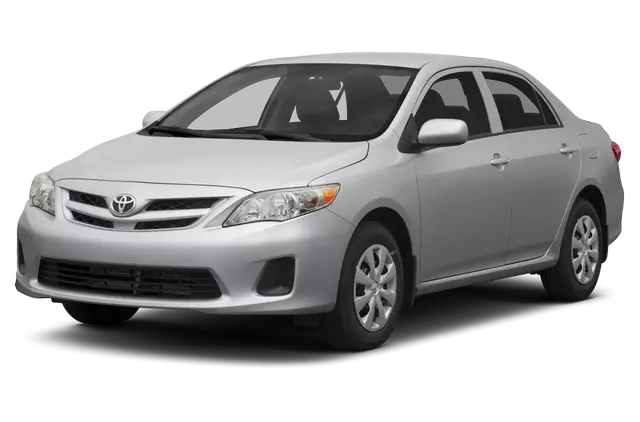
Let Us Then Rate Each Feature of 2009the Toyota Corolla
STYLING 7/10
The 2009 Toyota Corolla has five trim levels, including the CE (base), LE, S, XLE, and XRS. Above others, the XRS is the most noticeable on the road. Meanwhile, considerable work has been done to re-engineer Corolla’s bonnet and frontal areas. And it offers a list of options on the base versions.
Standard features include air conditioning (AC), power mirrors, and a CD stereo with an auxiliary jack. It moves up the trim list on the Corolla, and the LE gains power windows and locks.
Moreover, the XLE version of the 2009 Toyota Corolla adds electroluminescent gauges, keyless entry, and variable intermittent wipers.
Finally, the top-end Toyota Corolla XRS includes “chrome interior trim” and standard cruise control, which shows its best.
PERFORMANCE 7/10
The 2009 Toyota Corolla features two engine options and several transmissions that deliver acceptable driving performance and solid fuel economy. It is, therefore, more than adequate with the manual transmission.
ENGINE
Two new innovative engines, including one petrol and one diesel, are available in the Toyota Corolla lineup. The 1.8-liter petrol is an all-new dual VVT-i engine developing an excellent performance and low fuel consumption.
This dual VVT-i technology continually adjusts the engine’s intake and exhaust valve timing to ensure maximum efficiency under all operating conditions.
It also helps to significantly increase torque at low and medium engine speeds with increased power output at higher rates. Therefore, it manages fuel consumption and reduces emissions at the same time.
A new diesel engine to the Corolla is the latest generation 2.0 D-4D 125. This engine is available with a Diesel Particulate Filter (DPF), which purifies hydrocarbons (HC) and carbon monoxide (CO) like conventional catalysts. Moreover, it also enables simultaneous reduction of particulate matter.
The DPF is also ‘self-cleaning’ and requires no long-term maintenance. The EPA estimates the fuel economy of a 1.8-liter engine to be 35 mpg on the highway and 27 mpg city, regardless of the transmission. Meanwhile, the 2.4-liter engine suffers a drop in efficiency, posting EPA estimates of 22 mpg city and 30 mpg highway; great power comes great sacrifice.
TRANSMISSION
This car offers a choice of transmissions, each carefully selected to suit the engine output characteristics. A conventional five-speed manual gearbox is available in the XRS trim with the 2.4-liter engine. Meanwhile, drivers who want a more relaxed driving style can choose the four-speed automatic transmission with the 1.8-liter engine.
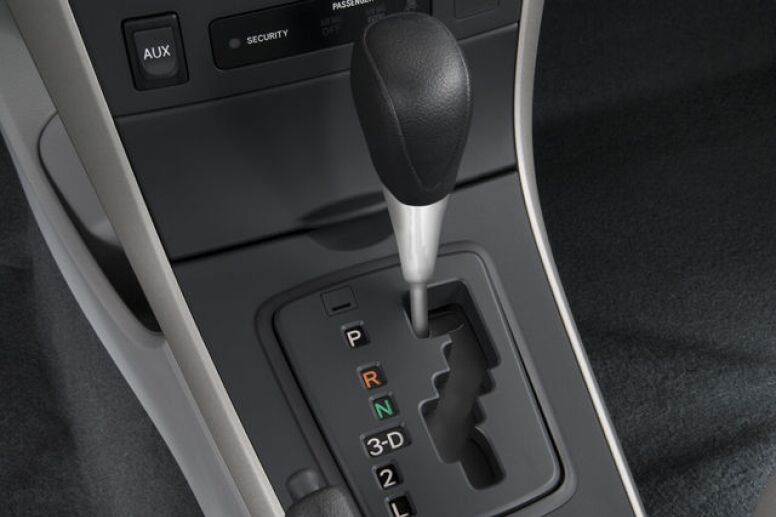
BRAKE
The 2009 Toyota Corolla has an all-new braking system to complement the new platform and suspension. It also offers adequate active safety in all driving conditions. The braking control under all road conditions is provided by a standard Anti-lock Braking System (ABS) with Electronic Brake-force Distribution (EBD) and a Brake Assist (BA). The Vehicle Stability Control (VSC) with traction control (TRC) is also standard or optional, depending on the buyer’s choice.
SUSPENSION
The compact, newly developed, and highly rigid front suspension is an L-arm MacPherson strut. And that feature reduces noise and vibration, ensuring superior straight-line stability and excellent steering response. The new torsion beam suspension accommodates the vehicle packaging at the back while also contributing to handling, strength, and ride comfort.
COMFORT & QUALITY 9/10
The 2009 Toyota Corolla combines surprisingly excellent materials, especially on the upper-level trims of the car. It feels that materials and assembly are not harmful to the car’s interior.
Also, the fit and finish are consistent with Toyota’s historically high standards. One characteristic that improves driving comfort on this Toyota Corolla is the thrilling noise suppression.
Toyota Corolla is the quietest car, with less wind noise than many luxury cars. Moreover, it produces low Noise, Vibration, and Harshness (NVH) levels.
These features place the new Corolla above the current C-segment sedan characteristics. It also gives occupants a clear sense of being in a car from an upper segment.
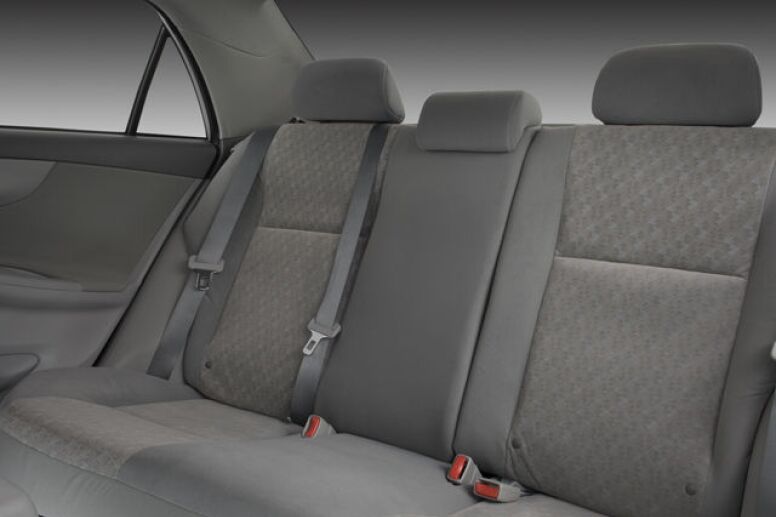
SAFETY 8/10
The 2009 Toyota Corolla has left, right, center, and curtain airbags, seatbelt, active head restraints, and stability control as standard on the XRS.
Stability control is an optional feature of other Corollas. A critical aspect of driving safety is outward visibility, and on the Toyota Corolla, that is good.
The Toyota Corolla scored very well in many impacts during independent crash tests. The NHTSA, the FG testing agency, gives the Toyota Corolla 4 out of 5 stars for highest impacts and a five-star for front side impacts.
Moreover, the private Insurance Institute for Highway Safety (IIHS) also gives the car the highest rating of “good” for the frontal-offset impact test, the only one it has conducted so far.
Corolla has up to nine airbags, including a driver’s knee airbag. Also, Corolla engineering reduces the effect of a pedestrian impact.
The rear edge of the bonnet (where an adult head might land) now features a crushable structure. Also, the bonnet catch on the front edge of the bonnet moves down and away from the design surface.
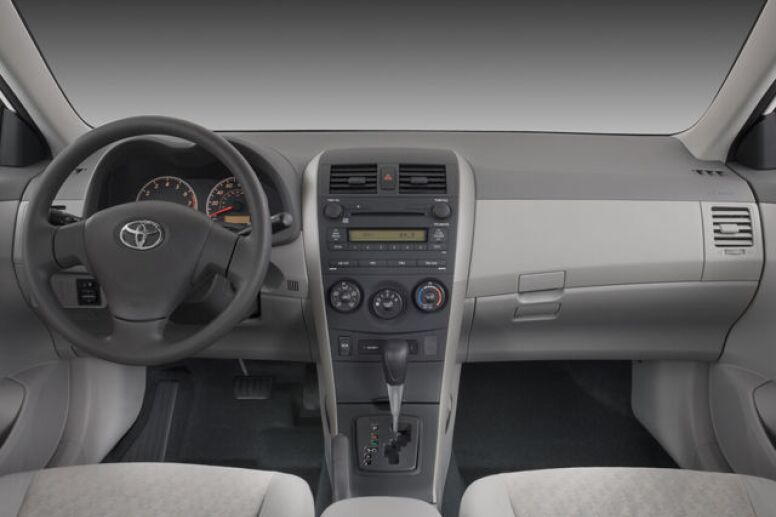
Concerns of about the 2009 Toyota Corolla
The Corolla XRS has a fuel economy of 22/30 mpg. Two adults fit fine for short trips, so three adults may become seriously uncomfortable.
The base car cabin looks cheap, but moving up to the LE adds power windows. XLE has a wood grain trim, while the XRS adds leather trims and nicely-shaped sports car seats.
The base Corolla has an independent suspension that keeps moving along fine for a car. On the flipside, Honda weaves more handling magic with the base Civic. Furthermore, the Corolla XRS adds rear disc brakes and a tighter feel.
However, the electric power steering is still light and vague. Drivers can experience some tire squeal in the base cars, but the XRS seems far happier and more buttoned-down in cornering,
The safety equipment on the base Corolla is extensive. Its anti-lock brakes are standard, as are tire-pressure monitors. Active headrests and the front, side, and curtain airbags also come with every 2009 Toyota Corolla.
Still, only the XRS version has standard stability control. The Air conditioning, tilt/telescoping steering wheel, and a Music CD player are standard on all 2009 Corollas. Other options include a navigation system and an XM Satellite Radio.
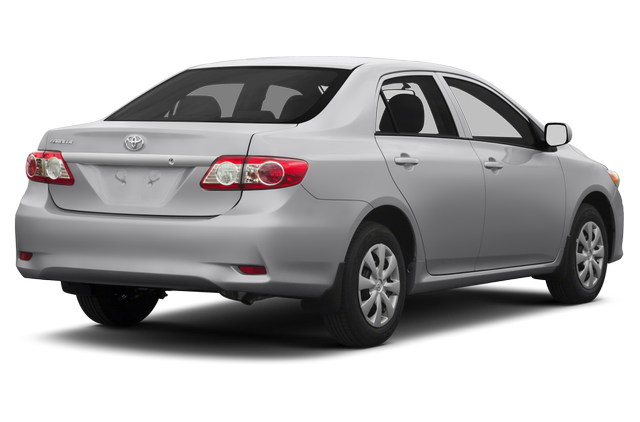
OVERVIEW
Body Type: 4DR SDN (4-Door Sedan)
EPA Class: Compact
Engine: 1.8L 132-HP with 128-lb-ft DOHC 16-valve I-4
2.4L 158-HP with 162-lb-ft DOHC 16-valve I-4
Cylinder: Inline 4
Cam-type: Double overhead Cam DOHC
Transmission: 5-speed manual; 4-speed automatic
Gas Mileage: 27 mpg City/35 mpg Hwy
Drivetrain: Front Wheel Drive
Passenger Capacity: 5
Ground Clearance (in): 5.8
Fuel Tank Capacity (gal): 13.2
Fuel Econ Est-Combined (MPG): 30
Steering Type: Power Rack & Pinion
Suspension Type: Front MacPherson Strut
Suspension Type – Rear (Cont.): Stabilizer Bar
The Suspension Type – Rear: Torsion Beam
Brake Type: PWR
Disc – Rear: No
Brake ABS System: 4-Wheel
Drum – Rear: Yes
Gross Weight Limit: 3880 lbs (1760 kg)
Towing Cap: 1,500 lbs.
Add comment